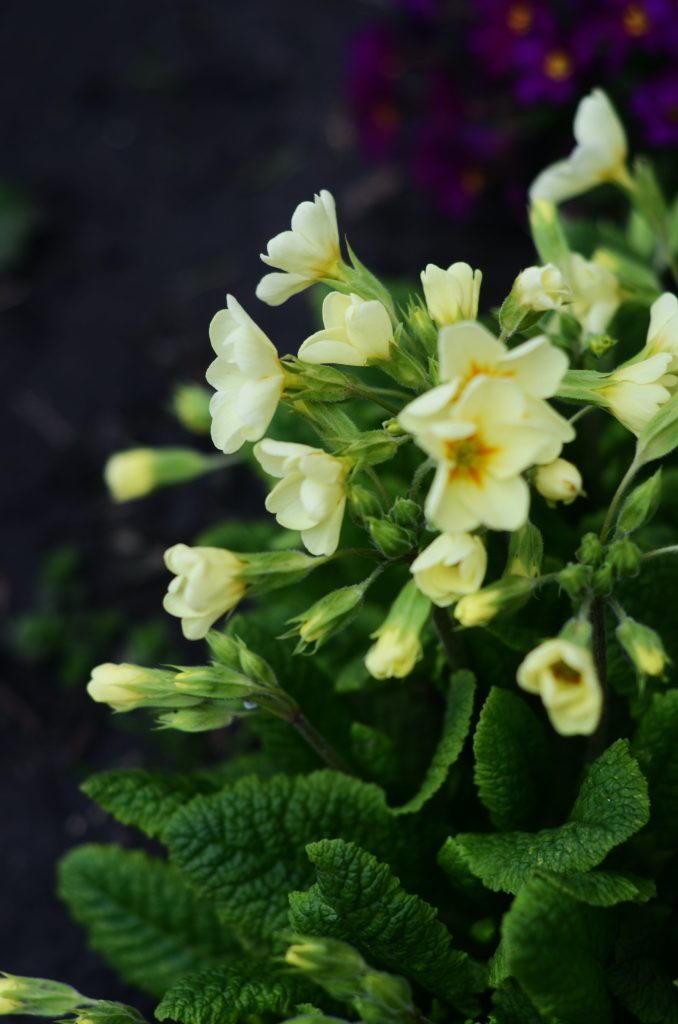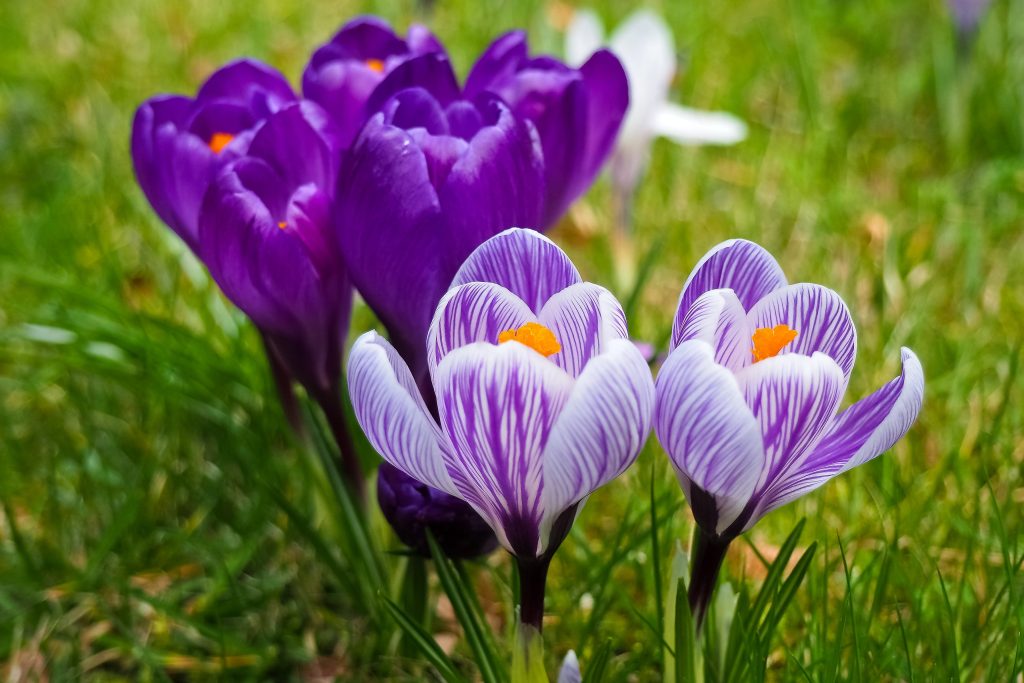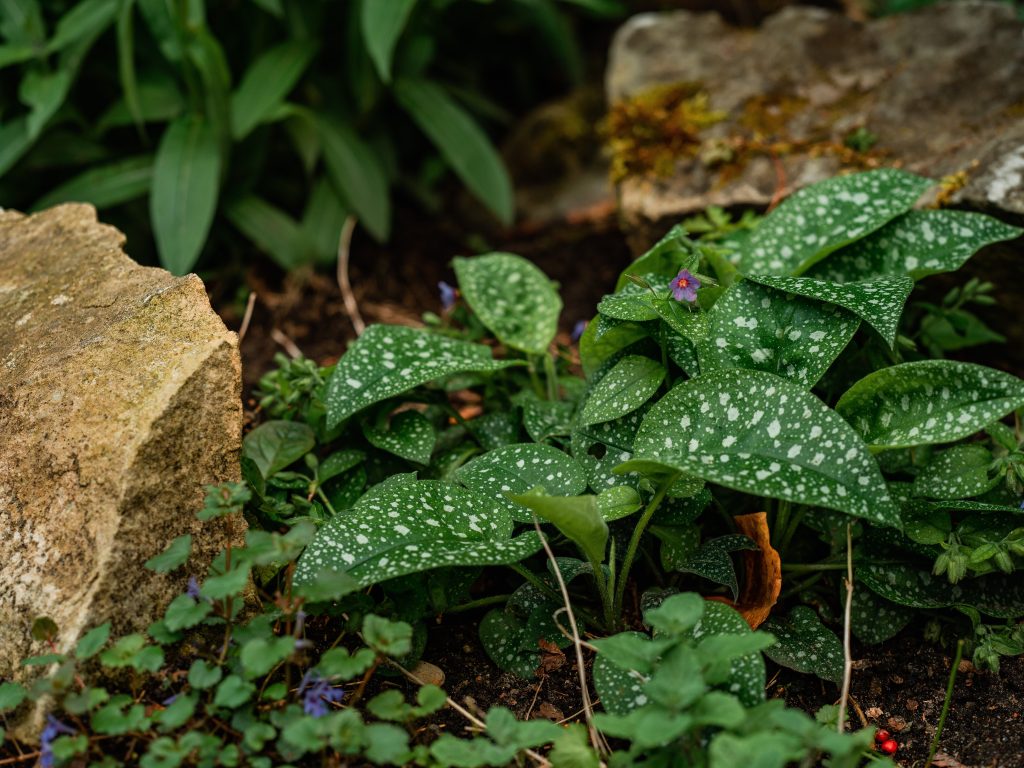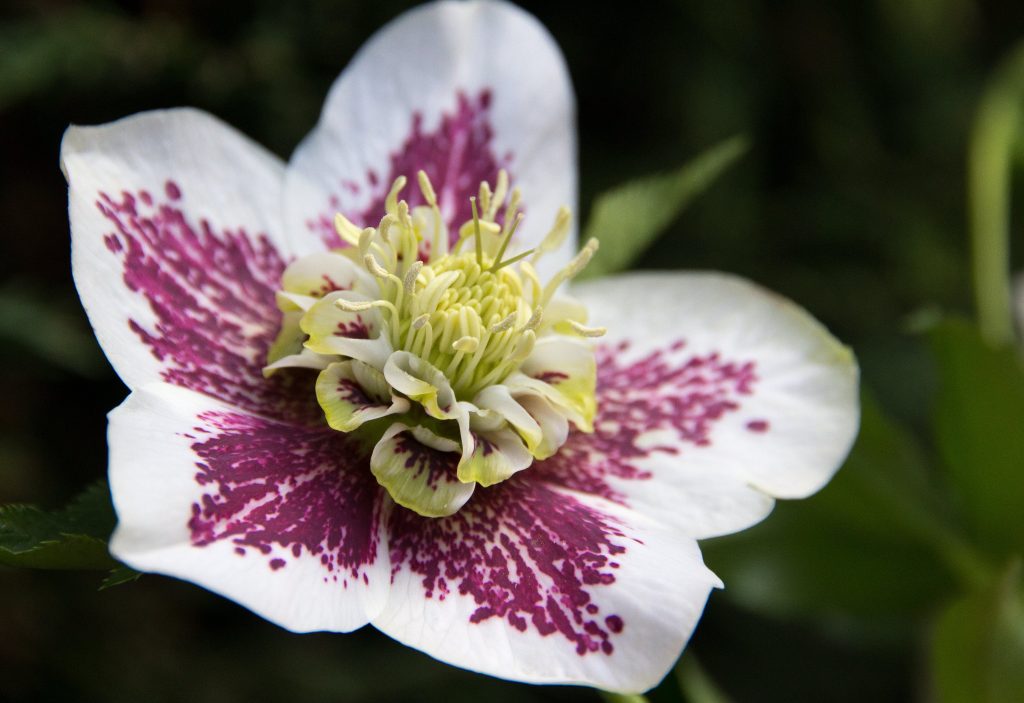February sees the first real signs of spring beginning to emerge. Gardens and wayside verges that have looked bleak, bare and uninspiring are gradually being disturbed by new, tender shoots pushing up through the packed soil and winter debris.
Now is the time to look out for nectar-rich plants, whose gift is to provide food and nourishment for the insects at the bottom of the food chain – those which in turn sustain birds, bats and hedgehogs.
Look out for the following plants; admire their unassuming beauty and value their contribution to the amazing way in which wildlife is sustained.
The primrose is often one of the earliest flowers to emerge, its shy, pale yellow flowers peeping out from spear-shaped leaves. Watch for early bumble bees seeking out this delicate flower…

If one crocus flower springs up you can be sure that more will follow… an early-flowering bulb and a rich source of nectar. Planted close to fruit trees they will encourage insects to come close and pollinate fruit blossom when that makes its glorious appearance a little later in the spring.

The grape hyacinth is frequently seen now. It seems to pop up almost anywhere in a garden once it is established, its bright blue spikes of numerous tiny blue flowers making it look like a miniature bunch of grapes. A welcome source of nectar for foraging insects!

Lungwort, or pulmonaria officinalis, displays pretty, pollen-heavy flowers that are irresistible to insects. Traditionally used as a remedy to help colds, coughs and asthma, the high mucilage content also helped treat a variety of chest conditions. (Warning: never use plants medicinally to treat ailments unsupervised.) Sight and smell, however, may be freely enjoyed!

Peeping shyly through winter overgrowth you might spy the hellebore, or Christmas Rose. It’s also known as the Lenten Rose since it often doesn’t come into flower until the Lenten season. It is welcomed by bumble bees but less so by deer and rabbits for whom its leaves are poisonous. One writer has described its flowers thus: ‘their finely modelled bowls indulge in all manner of strange freakings, frecklings, cloudings, stripings and blotching… every individual flower a fantasia of its own caprice.’ In other words, every flower is different!

But look for yourself and simply enjoy the rich array of unsung beauties in the early spring garden.
